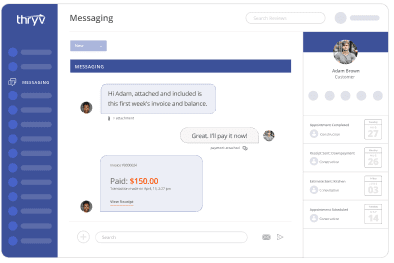 As a business owner, you want the content on your website to be as unique and captivating as the design. Visitors generally come looking for a solution to a problem, so it’s very important that you grab their attention and provide the info they’re looking for. In order to do this, your website needs to be clear and easy to read, with quality content. Here are some editing and proofreading tips to help you make sure your content is as error-free as possible.
As a business owner, you want the content on your website to be as unique and captivating as the design. Visitors generally come looking for a solution to a problem, so it’s very important that you grab their attention and provide the info they’re looking for. In order to do this, your website needs to be clear and easy to read, with quality content. Here are some editing and proofreading tips to help you make sure your content is as error-free as possible.
- Don’t edit while you are writing. This can stop your train of thought, and you may end up leaving out important details. Edit later, after you’ve gotten all of your ideas down.
- Edit for content first. Make sure you have included everything that you need to say. Use this time to eliminate words and phrases that are not needed and to add information that you may have left out. Then edit for spelling, grammar, punctuation and style.
- Make sure you answer these 4 W-Questions:
- WHOM are you writing for? Know your audience before you begin writing. Knowing who will be reading your content will help you craft your message.
- WHAT is your message? What do you want the reader to come away with? It helps to make a checklist of points you want to make. Then, when you re-read your writing, you can scan your list to make sure you’ve included everything.
- WHEN will the content be published? Is it seasonal or date-specific? Is it a topic that is evergreen or will it soon be outdated?
- WHY is the content being published? Is it informational? Educational? Entertaining? To generate leads?
- Sometimes reading aloud helps by slowing the reading process, enabling you to catch errors you didn’t notice on screen. Plus, hearing what you have written can help you make your writing more conversational.
- Try reading backwards. When reading, our brains tend to automatically correct wrong words and misspellings. To stop your brain from doing this, read your text backwards. Start at the end of your content and read each word to the beginning.
- Make it look different. Sometimes changing the font, the size, or the layout of your writing can help to identify problems and mistakes more easily, since your brain thinks it is seeing something new.
- Take a break before you edit. It can be difficult to edit text that you have just written because it is so familiar to your brain. You mind will simply skip over errors. Take some time to clear your mind by taking a walk or stretching, anything that will relax you. When you come back to editing, you may see errors that you couldn’t see before.
- Print it out. Sometimes just seeing your writing on a printed page instead of on a computer screen can help you spot errors that you wouldn’t have noticed otherwise.




